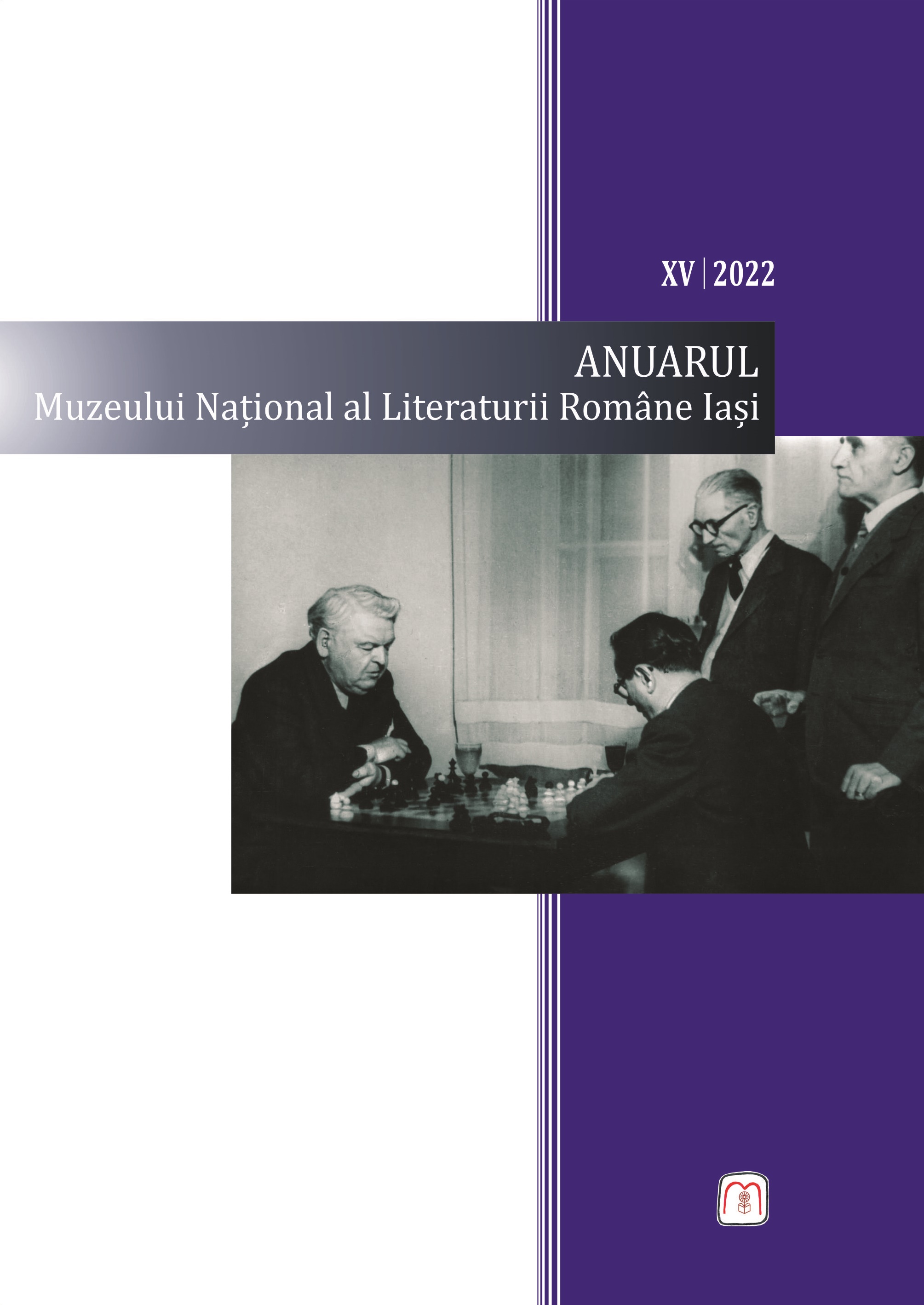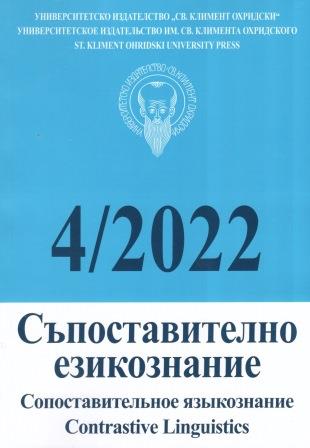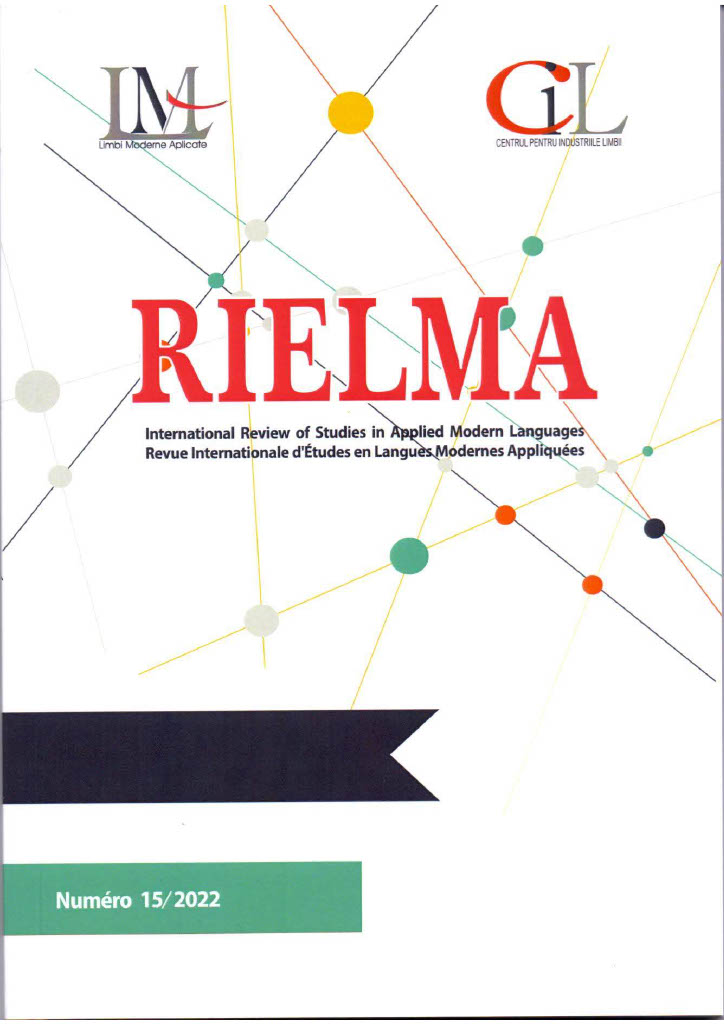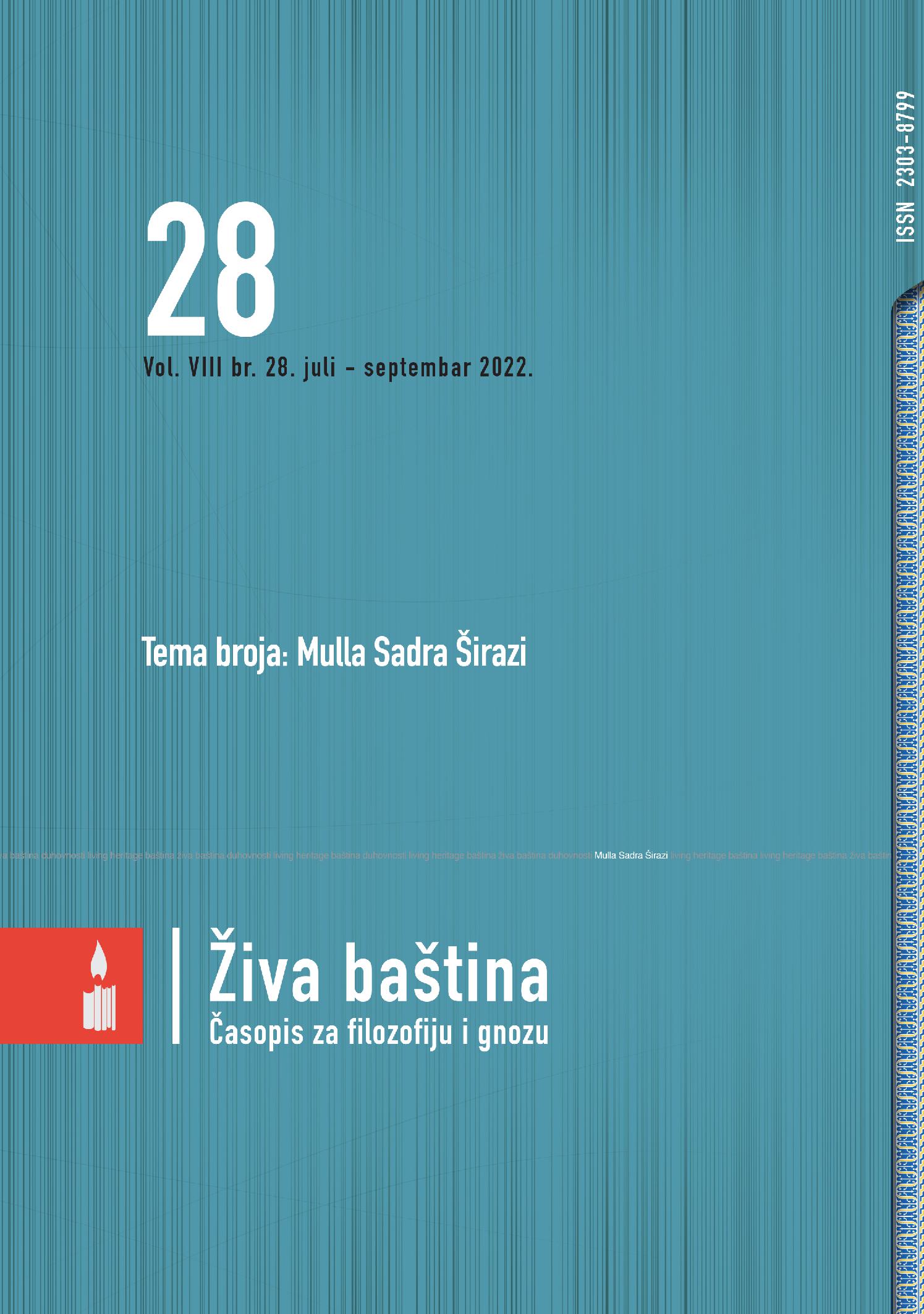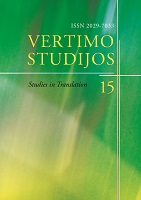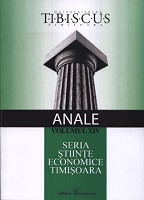
La preposición en las perífrasis discursivas del español. Un reto para el armenio
The work is a contrastive study of discursive verbal periphrases in Spanish and their Armenian equivalent translations. It is focused on the parallels between the formal constructions and their lexical and grammatical meanings in two Indo-European languages: the first one belongs to the Romance branch and the second one to the Armenian branch. It should be noted that in Armenian grammars there is no section dedicated especially to the concept of verbal periphrases. The approach is fundamentally semantic. This is accompanied by cognitive and pragmatic approaches, when it is required to explain a specific fact, not only from the code but from the mental origin and concrete communicative context. The lack of prepositions in Armenian verbal periphrase constructions means that translating Spanish verbal periphrases containing them is a major challenge. The grammatical nexuses used in the Spanish periphrasis are fundamentally the prepositions a and de, but also en and por, and the conjunction que. In Spanish discursive periphrasis, in particular, the prepositions are reduced to a and por. In Armenian, on the contrary, since there are no prepositions in this type of construction, the grammatical nexuses are reduced only to the conjunction որ ‘that’, present in the epistemic modal periphrasis. The results derived from the data analysis show how some examples offer no periphrases in Armenian, with lexical (not auxiliary) verb + discourse marker or + isolexical name of elided verboid, while others preserve verbal periphrases, with flexion of the infinitive.
More...
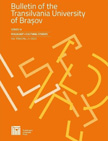
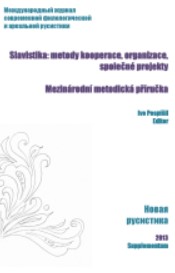
![Steven Levy, Facebook, povestea din spatele unui brand de succes (București: RAO, 2022) [Steven Levy, Facebook, l’histoire derrière un brand de succès, Bucarest : RAO, 2022)]](/api/image/getissuecoverimage?id=picture_2022_71982.jpg)
